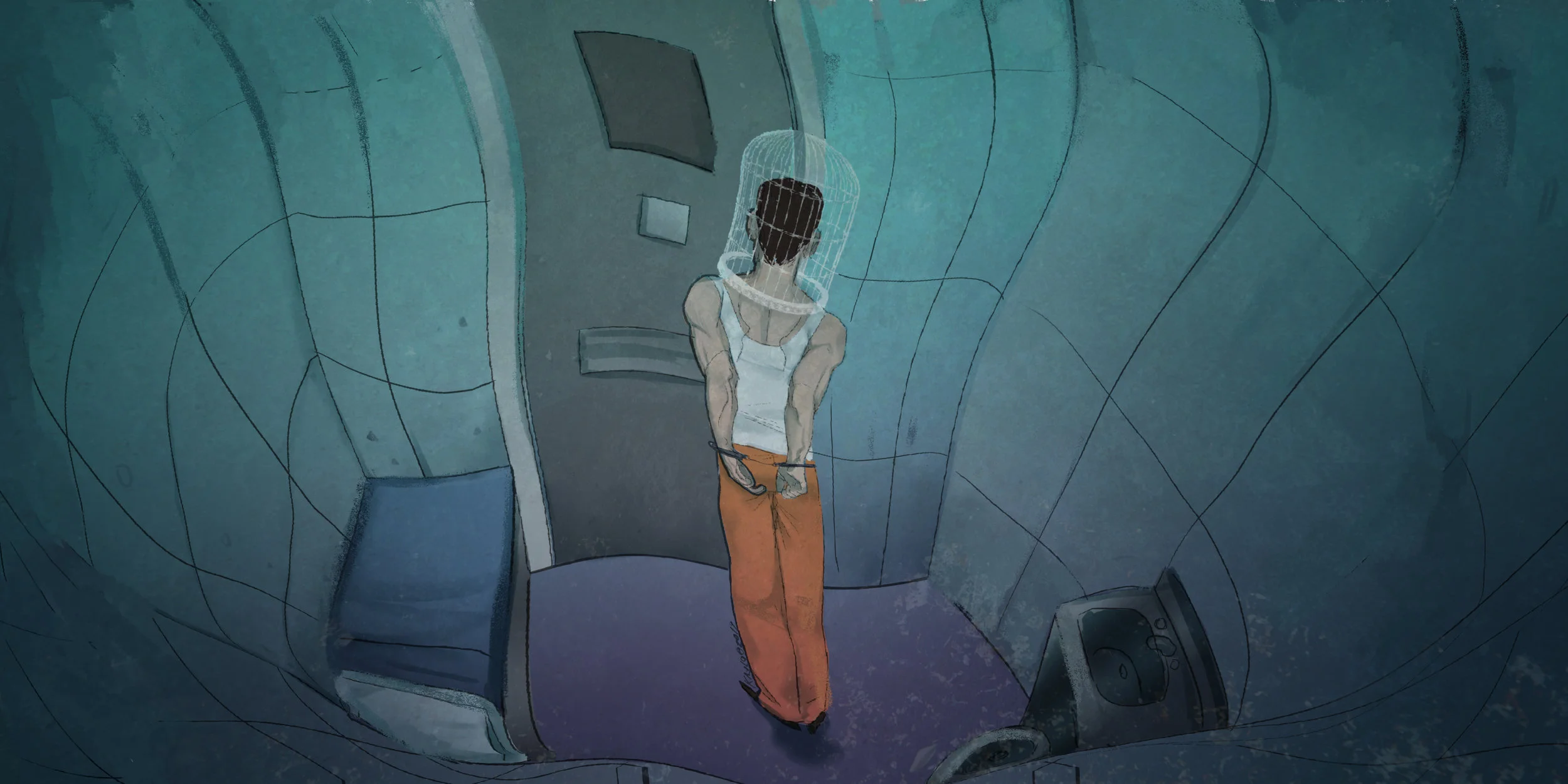March 2016
Issue 8: LGBTI
The lesbian, gay, bisexual, transgender and intersex community is overcoming centuries of oppression to make themselves known as a vital part of our modern society. This month, we take a look at science through a LGBTI lens: same-sex attracted animals, rainbows, body politics, and queer representation in speculative fiction — and more!
Cover illustration by Livali Wyle.
Editorial
Features
Surgical intervention on intersex people, designed to ensure the body fits limited gender boundaries, has long been the status quo. Now, intersex advocates are standing up for the rights to control their own bodies.
With Ursula K. Le Guin challenging the gender binary as early as the 1960s, speculative fiction has been pushing society’s boundaries in a way no other genre has been free to do so.
A rainbow is a many-splendoured thing. Over the centuries, rainbows have baffled scientists, ensorcelled storytellers, and even inspired social change.
Far from being "unnatural," homosexuality is well-documented across the animal kingdom.
Articles
Do you always learn from your experiences? Google has designed AI that learned to play the Chinese board game Go by making mistakes — and it beat the world champion earlier this month.
On a beach in Costa Rica, a majestic sea turtle drags herself onto the sands with one purpose: to sow the seeds of the next generation.
Columns
The CYPs are the cool genes on the block in pharmacogenomics testing, but in the background you’ll find a quiet but high achiever — the UGT1A1 gene.
Getting anywhere in academic science — from securing funding to progressing your career — is a tough slog. We need to reevaluate what it means to be a successful researcher.







































































The LGBTI rights movement started with science – but research and rationalism has a complicated relationship with queer liberation.